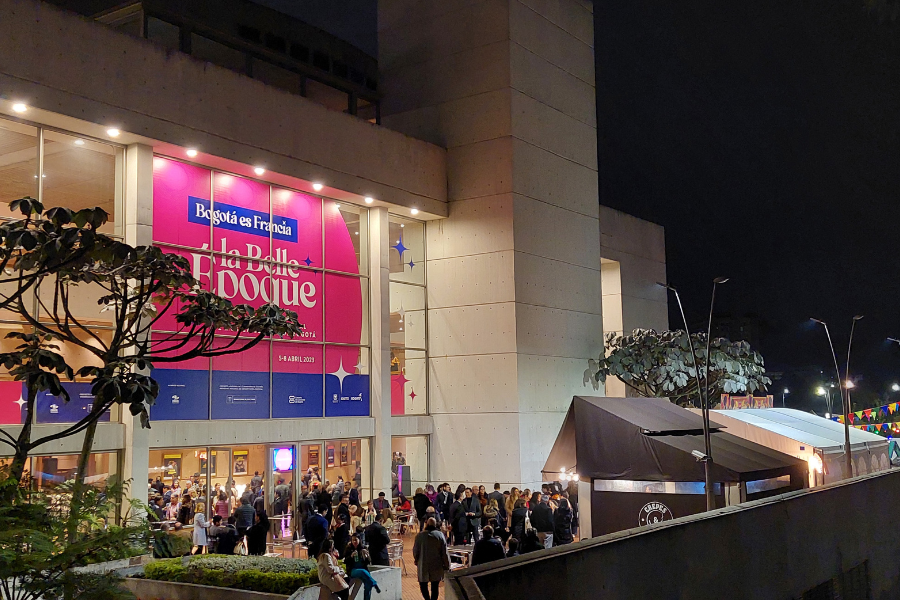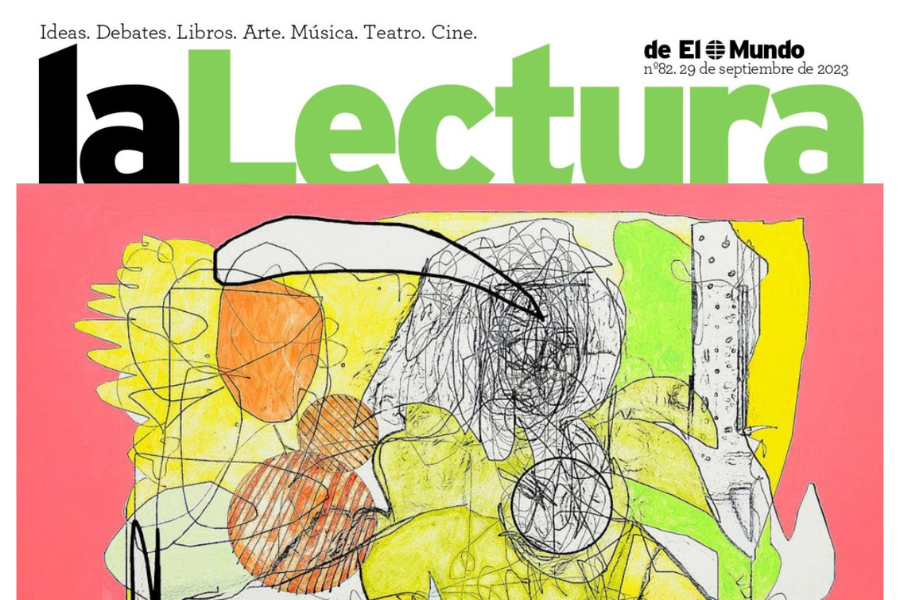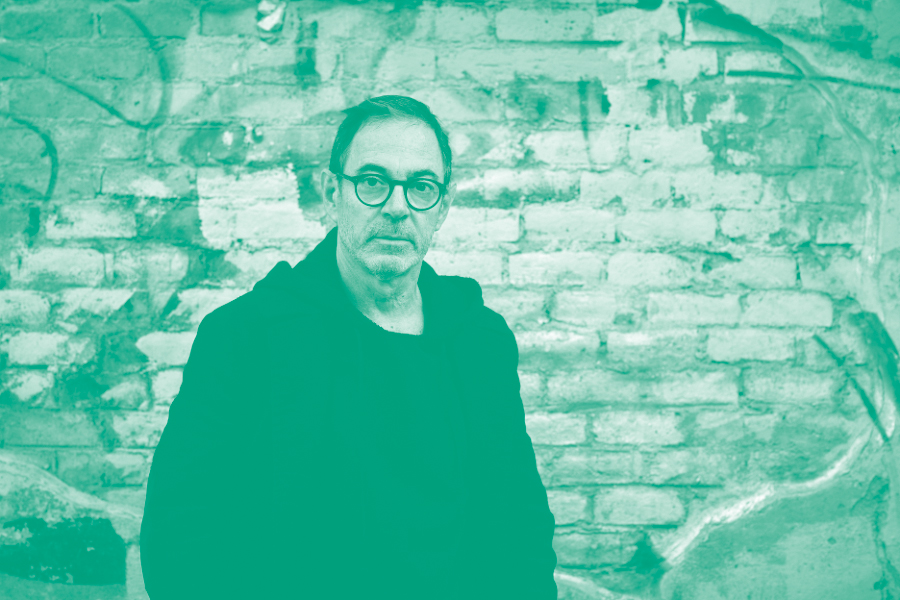José Manuel Izquierdo: “America was the first big market outside Europe for music”

Interview with musicologist and academic José Manuel Izquierdo
Musicologist and academic at the Institute of Music of the Pontifical University Catholic of Chile, and Master of Arts mention in musicology from the University of Chile. Among his numerous books stands out A History of Music in Valdivia and The Orchestra in Chile, written in conjunction with Ernesto Guarda. In addition, he has published several articles in national and international journals and worked on the recovery of heritage archives, such as the Municipal de Santiago. He received the ProArte award from the Illustrious Municipality of Valdivia and is currently pursuing a doctorate in musicology at the University of Cambridge, after having obtained the Gates scholarship, one of the most important in the world.
You have been studying opera in Latin America in recent years. What have been in general the historical findings that have surprised you?
I think the most unexpected thing I have found is the premiere of Alzira (opera by Verdi) in the Western Hemisphere, in the Americas, which was in Lima in 1850. It was the idea of María España, the only local soprano who made a career in that era, and that he put her in the role of Princess Inca and her husband (an Italian) in the role of European. That speaks of how opera is both local and global, cosmopolitan, Italian or Peruvian.
The first opera compositions in Latin America date from 1701 and the first theaters built since 1769. How was the process of development of this genre between the eighteenth and nineteenth centuries?
The answer would be very long, but in micro summary: at first it is an official genre, for colonial ceremonies, and plays a minor role compared to comedies, sacred works or musical tonadillas. It is after the independence that the opera enters with force as a novelty, and around 1850 that theaters begin to be made to have opera because it becomes something popular, massive, and of national and regional importance. By 1900, Latin America was already part of the global opera market, and then its role declines with the advent of sound cinema, as everywhere, in the mid-twentieth century.
How do you describe the operatic practices of the early nineteenth century, a period that you characterize as trial and error?
As one of adventures: where singers arrive without knowing what will happen, where the public does not yet know how to react, where everything is a high impact learning. It is the time when the borders of America are opened, and opera singers are among the first to cross borders to this world that, for Europeans, was still so unknown.
According to your research, the theaters in the 19th century were built for the enrichment of societies and their profits contributed to the construction of hospitals and schools. Why in your opinion has this changed? What are the characteristics of the first theaters built in Latin America?
The idea of colonial theater, and even early Republican, is that it is a space for education, illustration and improvement of customs. That in the theater people learn to behave, and that the entrance of money should go to support important causes, such as hospitals and schools, or cemeteries. That remained the case for more than a century, but also in the mid-nineteenth century the idea of opera as a business and merchandise, and of an important cultural object that must be supported by the state, began to become stronger. That is why great theaters are built in so many cities, which have an “official” character compared to the many other small theaters where other things continue to take place.
The circulation of artists and shows dates from the 19th century around the Italian opera industry. Even considering how difficult it was in those times communications and transfers. Can you tell us what was the role of Latin America in this and what were the first theaters that began to develop these practices? How do you describe the roaming model of nineteenth-century operas and how were those geographical trade zones?
America was the first major market outside Europe for music, which includes the life of singers, also the sale of sheet music, etc. This goes hand in hand with the new technologies that make this possible: the steam, the telegraph, and also the formal mail (with stamps, etc.) that allows to formalize the practices. Already around 1850 many theater directors are making agreements to hire singers, and as Katherine Preston has studied for the case of the United States, already in the second half of the nineteenth century there are consolidated networks to take artists from one place to another, with central places to those networks and markets such as Havana, New York, Rio de Janeiro or Valparaíso.
You write a paper about the Victoria Theater in Valparaiso, Chile, built in 1844 by Pietro Alessandri, as you tell us, the innovative management model for the time draws your attention. Can you tell us about him?
Alessandri proposes, for the first time here, a “free market” theater, with hiring of artists and entrepreneurs, and managed privately, as a company. This creates a lot of reluctance, because of the idea that the theaters must be managed by the state, as spaces of education of the population: “thermometers of civilization” are always called. Without control, the theater opens up to new ideas: mask dances, music companies of the world (France, Japan, United States) and a business for those who manage it, before those benefits come directly back to the city governments . This is key, because today we think more that governments and municipalities should “sponsor” opera houses, when in the nineteenth century it was thought backwards: how they generated profits, they looked like an economic income for cities, and the model Alessandri takes that away from them.
Having a panoramic look, what were the historical causes of the drop in audiences of this genre?
They are many, and should be explored in detail in each place. During the twentieth century, opera can no longer compete with sound cinema, which inherits its codes, and therefore retains only those values that cinema cannot assume: for example, being an emblem of high culture, or having an official role , or have an elite or aristocratic character. These elements, therefore, are accentuated during the twentieth century, separating opera from more socially transversal spaces of cultural consumption, such as cinema. This decreases audiences, and perhaps in Latin America the new models of opera appreciation (such as a show of high visual creation, dynamism, space for scenic experimentation) have not managed to enter at all to enchant new audiences who feel distanced of the ideas (already outdated) of high culture or general culture, or of the official role of the opera, or of its elite character.








